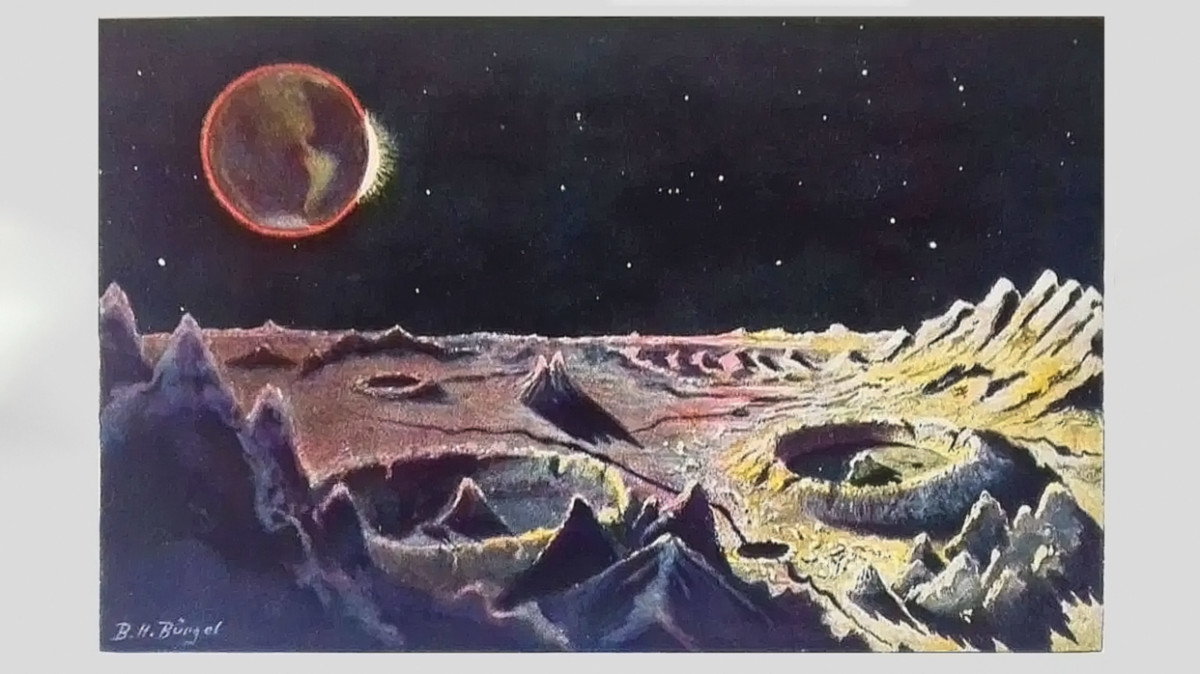Before the Eagle had Landed
Old books are genuinely fascinating. Although their content might have become obsolete, they still possess historical value. Reading them can teach us a lot about the beliefs and ideas humankind once held. But not only that.
I collect old astronomy books. Reading them or observing the illustrations gives me reasons enough to marvel at the stars and distant galaxies. Today I don’t want to look that far away from Earth, though. Let’s turn our attention to the Moon. About 50 years ago, humankind took its first steps on Earth’s natural satellite. But how people envisioned the lunar landscape before that moment?
For the longest time, we observed the Moon with our naked eyes. When Galileo Galilei used a telescope to explore the night sky, most of the people still had to rely on his depictions in his pamphlet “The Starry Messenger.” Today a lot of us can use digital cameras to zoom in on the lunar surface and see almost the same things he did. But instead of drawing everything, we can simply take a photo. Yet, this doesn’t get us on the Moon itself. Our earthly perspective still binds us.
Before there were the photos taken during the Apollo 13 mission, astronomers had to fantasize about what the surface of the Moon might look like. The following images come from four different books.



Please Support us on Patreon!

Moreover, starting with the pledge level of $3, you will get a digitized vintage book about bookbinding, book history, or book arts each month from us!
These pledges help iBookBinding to continue its work and bring more information about bookbinding and book arts to you!



